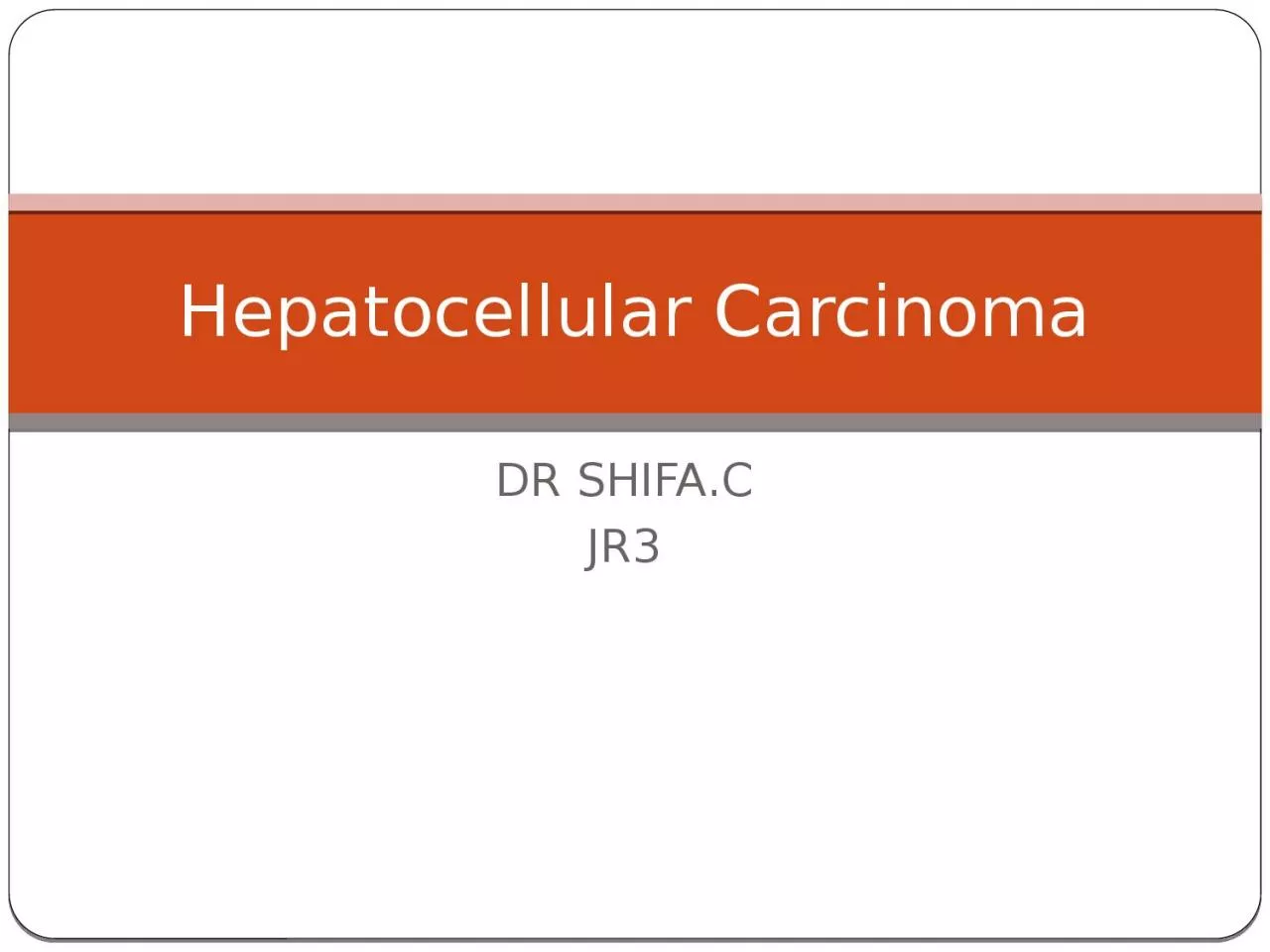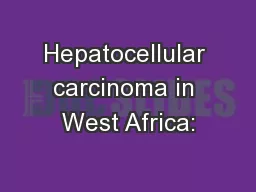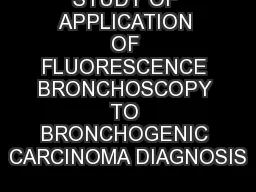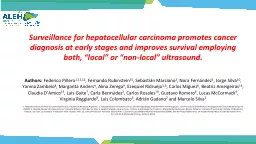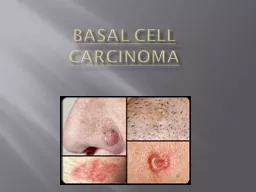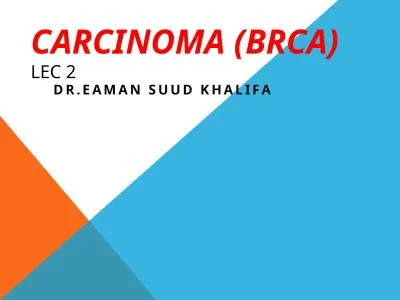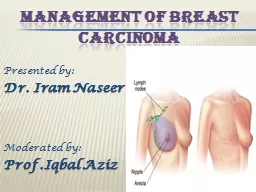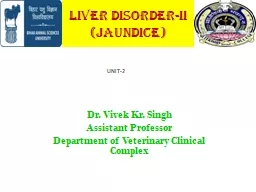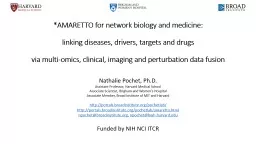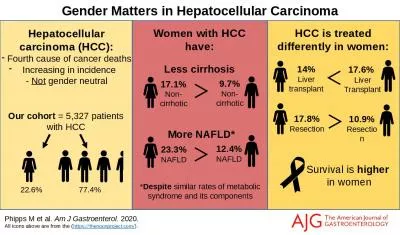PPT-DR SHIFA.C JR3 Hepatocellular Carcinoma
Author : williams | Published Date : 2024-02-03
Hepatocellular Carcinoma Risk factors for HCC HBV the most common causative risk factor Increased risk Earlier infection Higher DNA load gt2000 IUL Higher level
Presentation Embed Code
Download Presentation
Download Presentation The PPT/PDF document "DR SHIFA.C JR3 Hepatocellular Carcinoma" is the property of its rightful owner. Permission is granted to download and print the materials on this website for personal, non-commercial use only, and to display it on your personal computer provided you do not modify the materials and that you retain all copyright notices contained in the materials. By downloading content from our website, you accept the terms of this agreement.
DR SHIFA.C JR3 Hepatocellular Carcinoma: Transcript
Download Rules Of Document
"DR SHIFA.C JR3 Hepatocellular Carcinoma"The content belongs to its owner. You may download and print it for personal use, without modification, and keep all copyright notices. By downloading, you agree to these terms.
Related Documents

